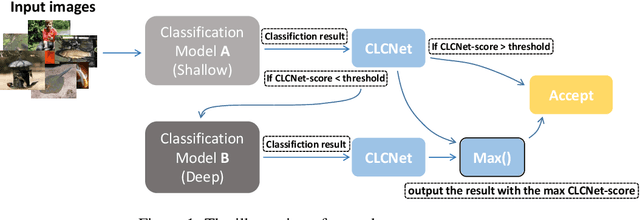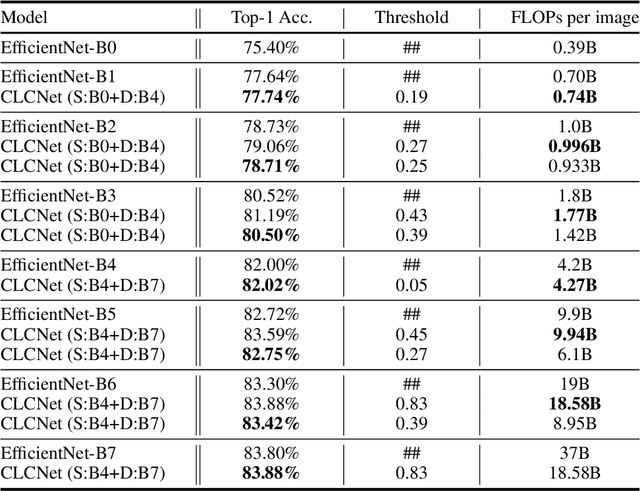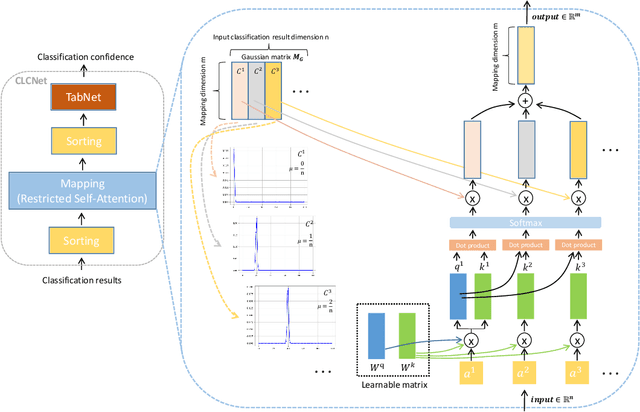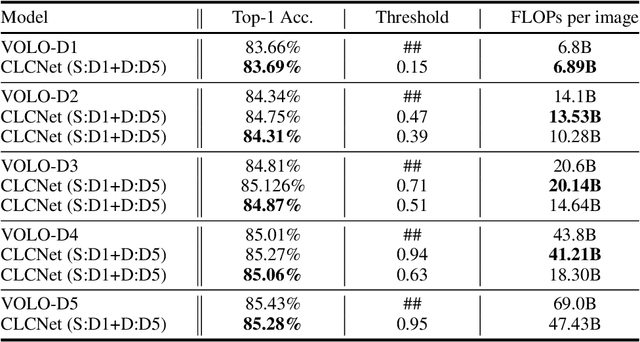Yao-Ching Yu
Breaking the Ceiling of the LLM Community by Treating Token Generation as a Classification for Ensembling
Jun 18, 2024Abstract:Ensembling multiple models has always been an effective approach to push the limits of existing performance and is widely used in classification tasks by simply averaging the classification probability vectors from multiple classifiers to achieve better accuracy. However, in the thriving open-source Large Language Model (LLM) community, ensembling methods are rare and typically limited to ensembling the full-text outputs of LLMs, such as selecting the best output using a ranker, which leads to underutilization of token-level probability information. In this paper, we treat the Generation of each token by LLMs as a Classification (GaC) for ensembling. This approach fully exploits the probability information at each generation step and better prevents LLMs from producing early incorrect tokens that lead to snowballing errors. In experiments, we ensemble state-of-the-art LLMs on several benchmarks, including exams, mathematics and reasoning, and observe that our method breaks the existing community performance ceiling. Furthermore, we observed that most of the tokens in the answer are simple and do not affect the correctness of the final answer. Therefore, we also experimented with ensembling only key tokens, and the results showed better performance with lower latency across benchmarks.
CLCNet: Rethinking of Ensemble Modeling with Classification Confidence Network
May 24, 2022



Abstract:In this paper, we propose a Classification Confidence Network (CLCNet) that can determine whether the classification model classifies input samples correctly. It can take a classification result in the form of vector in any dimension, and return a confidence score as output, which represents the probability of an instance being classified correctly. We can utilize CLCNet in a simple cascade structure system consisting of several SOTA (state-of-the-art) classification models, and our experiments show that the system can achieve the following advantages: 1. The system can customize the average computation requirement (FLOPs) per image while inference. 2. Under the same computation requirement, the performance of the system can exceed any model that has identical structure with the model in the system, but different in size. In fact, this is a new type of ensemble modeling. Like general ensemble modeling, it can achieve higher performance than single classification model, yet our system requires much less computation than general ensemble modeling. We have uploaded our code to a github repository: https://github.com/yaoching0/CLCNet-Rethinking-of-Ensemble-Modeling.
 Add to Chrome
Add to Chrome Add to Firefox
Add to Firefox Add to Edge
Add to Edge